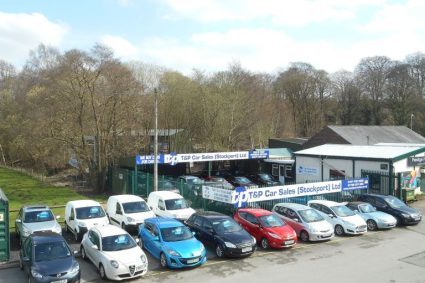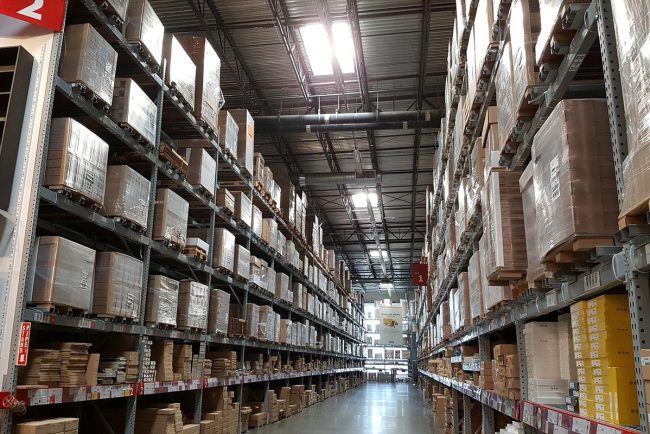

The concept of smart cities has gained significant traction in recent years, as governments and urban planners strive to create innovative and sustainable urban environments. Building a smart city requires careful planning, collaboration, and the integration of cutting-edge technologies. In this article, we will delve into the blueprint for constructing a smart city and explore the key elements involved in its development.
- Robust Infrastructure and Connectivity:
At the core of a smart city lies a robust infrastructure and seamless connectivity. This entails the establishment of high-speed broadband networks, IoT devices, and sensors that form the foundation for data collection and communication. Reliable connectivity enables the interconnection of various systems, facilitating real-time data analysis and informed decision-making.
- Data Collection and Analysis:
Data plays a pivotal role in driving efficiency and enhancing services within smart cities. By implementing sensors and IoT devices across the city, vast amounts of data can be collected on various aspects such as transportation, energy consumption, and waste management. Leveraging advanced analytics and machine learning techniques, city authorities can extract valuable insights from this data, enabling them to make data-driven decisions and optimize resource allocation.
- Sustainable Energy Management:
A sustainable approach to energy management is a key pillar of any smart city. Incorporating renewable energy sources, such as solar and wind power, can help reduce carbon emissions and enhance energy efficiency. Smart grids enable intelligent monitoring and control of energy distribution, optimizing energy consumption and reducing wastage. Additionally, implementing energy-saving measures in buildings, such as smart lighting and automated systems, contributes to a greener and more sustainable cityscape.
- Integrated Transportation Systems:
Efficient and sustainable transportation systems are crucial for a smart city. This involves integrating various modes of transportation, including public transportation, shared mobility services, and cycling infrastructure. Smart traffic management systems utilize real-time data to optimize traffic flow, reduce congestion, and enhance safety. Furthermore, intelligent parking systems enable drivers to locate available parking spaces, reducing traffic congestion and carbon emissions.
- Citizen Engagement and Participation:
A successful smart city is built on the active participation and engagement of its citizens. Providing platforms for citizen feedback, participation in decision-making processes, and access to open data fosters a sense of ownership and community involvement. Smart city initiatives should focus on creating digital platforms and applications that enable citizens to contribute to urban planning, report issues, and access city services conveniently.
Conclusion:
Constructing a smart city requires careful consideration of multiple factors, including robust infrastructure, data-driven decision-making, sustainable energy management, integrated transportation systems, and citizen engagement. By embracing these elements, cities can create environments that are efficient, sustainable, and responsive to the needs of their residents. The blueprint for building a smart city serves as a guide to help urban planners and policymakers navigate the complexities and challenges associated with this transformative endeavor.



















